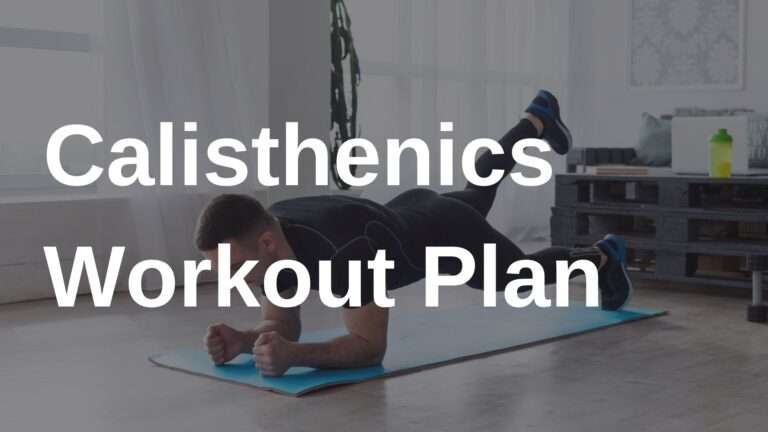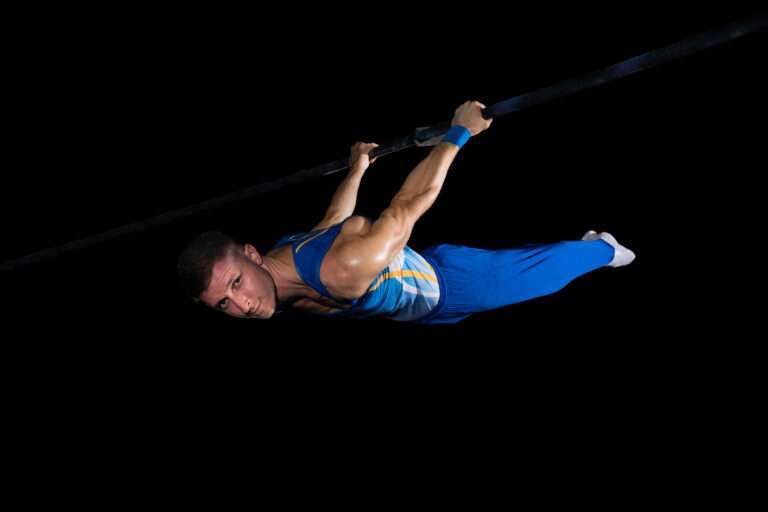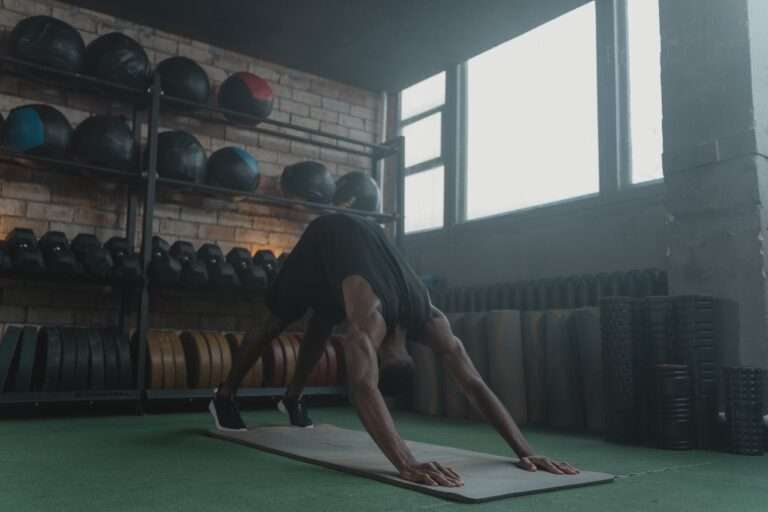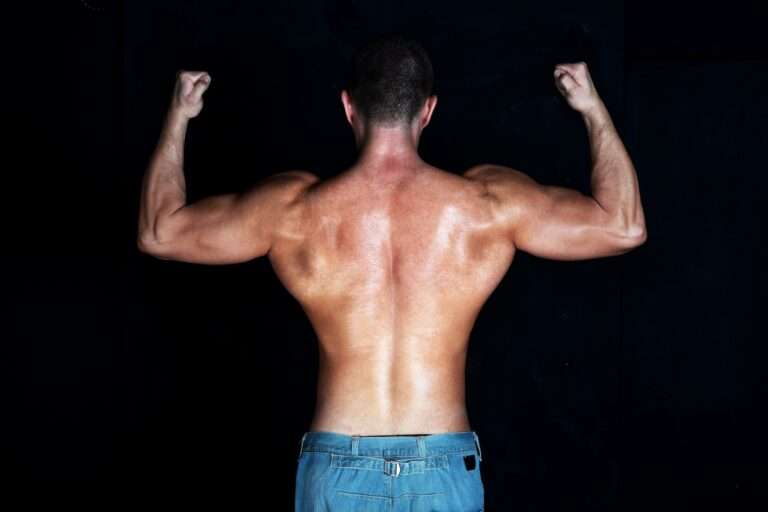The Ultimate Planche Progression Manual
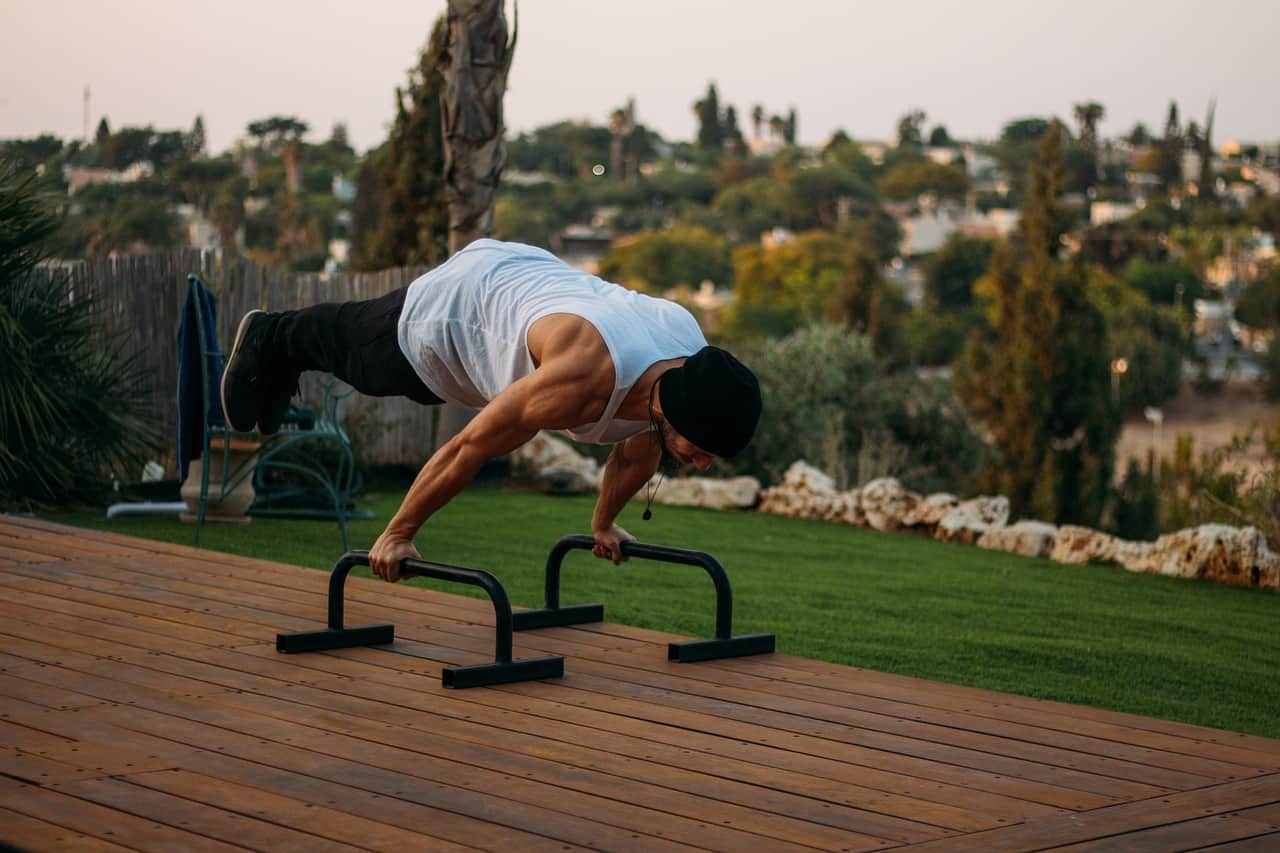
The planche is a great calisthenics move that embodies strength, balance, and control. In this article, we will delve into the world of planche progression, breaking down the journey from mastering foundational exercises to achieving the elusive full planche hold. Whether you’re an experienced calisthenics enthusiast or a beginner to bodyweight training, understanding the steps involved in planche progression will guide you toward achieving this amazing skill.
Understanding the Planche
The planche is a static hold that demands the body to be suspended parallel to the ground, supported just by the hands. Its variations, such as the straddle planche and full planche, showcase the range of complexity within this movement. The planche requires not only immense upper body strength but also exceptional core engagement and shoulder stability. The achievement of a full planche hold stands as a testament to an individual’s dedication and commitment to their physical prowess.
Importance of Progression
Mastering the planche isn’t an overnight endeavor. A well-structured planche progression is vital to prevent injuries, maintain consistent progression, and develop the necessary strength and stability. Failing to follow a structured approach can lead to frustration and setbacks. It’s imperative to build a strong foundation through fundamental bodyweight exercises, ensuring that your body is adequately prepared for the challenges that lie ahead.
Preparing for Planche Progression
Starting the planche progress journey requires a strong foundation of strength and overall fitness. To increase upper body strength, follow a plan that includes bodyweight exercises such as push-up variations. Flexibility and mobility exercises can help you achieve the best alignment of the body for the planche.
Here’s a detailed planche progression routine that you can follow. Please note that this is a general guideline, and individual progress may vary. It’s important to consult a fitness professional and listen to your body to avoid injury.
Warm-up
Start with a thorough warm-up to prepare your muscles and joints for the intense exercises ahead. Spend 10-15 minutes on dynamic stretches, light cardio, and mobility exercises.
1. Foundation Building
Start with basic exercises to develop the foundational upper body strength required for the planche.
Push-ups
Begin with standard push-ups, gradually transitioning to diamond push-ups and pseudo planche push-ups. These exercises enhance shoulder and triceps strength.
- Aim for 30 reps.
- 3 sets.
Also read: How to do Back lever
Dips
Parallel bar dips and ring dips target the triceps and shoulder muscles, preparing them for the planche position.
- Aim for 3 sets of 20 reps.
Hollow Body Hold
Lie on your back, engage your core, and lift your legs and shoulders off the ground. Hold this position for 20-30 seconds. Gradually increase the time as you get stronger.
- Reps: 3 sets of 20-30 seconds
- Rest: 60 seconds between sets
2. Tuck Planche Progression (3 sets)
Planche Lean
The planche lean is a foundational exercise for the full planche. Start in a push-up position, lean forward with your body straight, aiming for a 30-45 degree angle. Hold for 20 seconds, then return.
- 3-4 sets of planche leans per session.
- Begin with short holds, and increase over time.
Tuck Planche Lean
From a push-up position, shift your weight forward, protract your scapulae (round your upper back), and lift your feet off the ground, keeping your knees tucked into your chest. Aim to lean as far forward as possible while maintaining balance.
- Reps: 3 sets of 10-15 seconds.
- Rest: 90 seconds between sets.
Tuck Planche Hold
Aim for short holds in a tuck planche position, gradually increasing the duration as strength improves.
- Reps: 3 sets of 20 seconds hold.
- Rest: 90 seconds between sets.
Also read: How to do Back lever
3. Advanced Tuck Planche
Single-Leg Tuck Planche
- Lift one leg while in the tuck planche position to develop asymmetrical strength.
- Challenges balance and control.
Advanced Tuck Planche Lean:
Similar to the tuck planche lean, but this time extend your legs straight back while keeping your hips tucked. Your body should form a diagonal line from shoulders to toes.
- Reps: 3 sets of 10-15 seconds hold.
- Rest: 90 seconds between sets.
4. Full Planche
Straddle Planche Lean
Start in a straddle position (legs spread apart) and lean forward from a push-up position. Keep your legs straight and lifted off the ground while maintaining balance.
- Reps: 3 sets of 10-15 seconds hold.
- Rest: 90 seconds between sets.
Full Planche Progression
Full Planche Lean: From a push-up position, lean forward as much as possible while keeping your legs straight and lifted off the ground. Your body should be parallel to the ground or slightly tilted downwards.
- Reps: 3 sets of 10-15 seconds.
- Rest: 90 seconds between sets.
Training Guidelines:
- Consistency: Dedicate regular training sessions to planche progressions to build strength and muscle memory.
- Progressive Overload: Gradually increase the intensity by extending hold times or transitioning to more advanced variations.
- Accessory Exercises: Include exercises like bodyweight rows, pike push-ups, and core work to strengthen the supporting muscles.
- Rest and Recovery: Allow ample time for recovery between sessions to prevent overuse injuries.
Nutrition and Recovery
A balanced diet rich in protein, complex carbohydrates, and healthy fats supports muscle growth and repair. Prioritize hydration and ensure adequate sleep to aid recovery.
Injury Prevention
Listen to your body and avoid pushing too hard too soon. Incorporate dynamic stretches, mobility work, and joint strengthening exercises to prevent injuries.
Training Tips and Considerations
Consistency is key when tackling planche progression. Dedicate regular practice sessions to the various exercises and progressions. However, ensure you incorporate rest days to prevent overuse injuries. Supplementary exercises targeting specific weaknesses will contribute to your overall planche journey.
Common Mistakes and How to Avoid Them
Avoid overarching the lower back and not engaging the core during the planche attempts. Relying solely on shoulder strength can lead to compromised form and potential injuries. Focus on maintaining a straight body line and distributing weight effectively.
Overcoming Plateaus
Plateaus are a natural part of any training journey. If you find yourself stuck, consider altering training variables, incorporating deload periods, or seeking guidance from experienced trainers. Patience and perseverance will help you push through these plateaus.
Conclusion
Mastering the planche is a hard challenge that requires dedication, patience, and a strategic approach. By understanding the complexities of planche progression and following a structured training program, you can inch closer to achieving the gravity-defying full planche hold. The journey itself is a testament to your commitment to physical excellence, as you sculpt a body capable of achieving remarkable feats of strength and balance. So, embark on your planche progression journey with enthusiasm, knowing that with perseverance, you can defy gravity and reach new heights of physical prowess.
FAQs
1. How long does it take to progress the planche?
The timeline varies based on individual fitness levels, dedication, and consistency. Generally, it takes several months to years of focused training to advance through planche progressions.
2. How long does it take to hold a planche?
The duration of a planche hold depends on your current strength, training intensity, and progression level. Beginners might start with brief holds of a few seconds, gradually extending them over time.
3. Is planche harder than a handstand?
Both planche and handstand require distinct skills and strengths. While the planche demands exceptional upper body and core strength, the handstand relies more on balance and shoulder stability. The difficulty level can vary from person to person based on their strengths and weaknesses.

